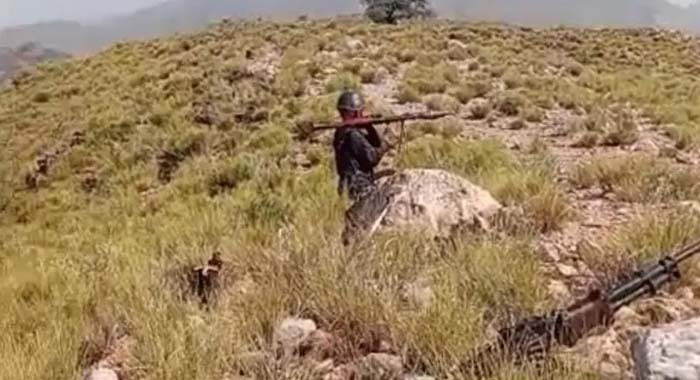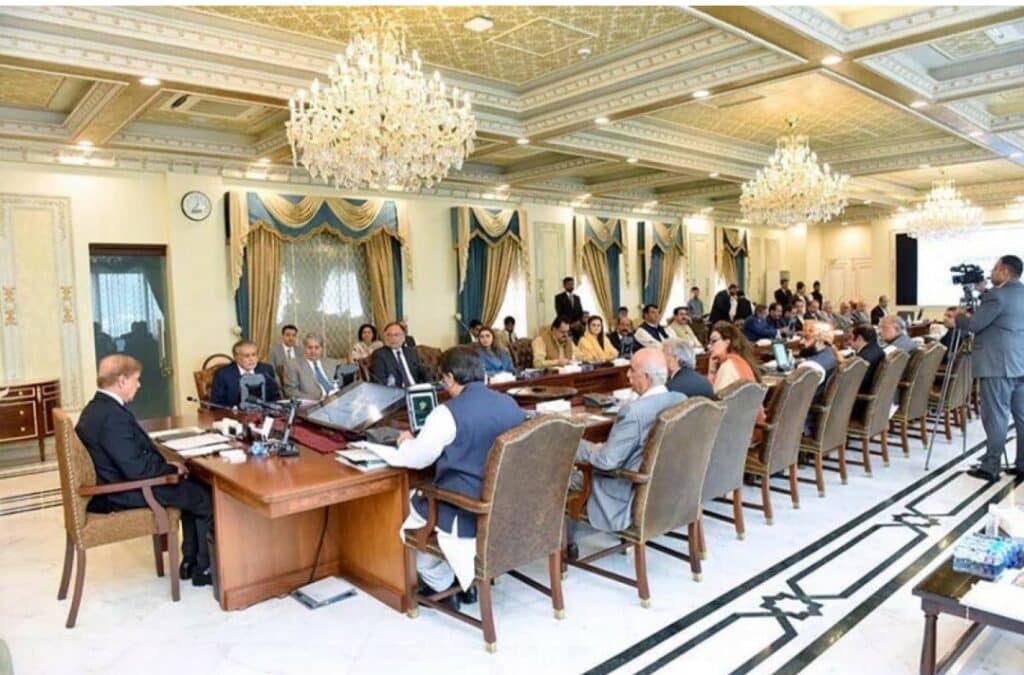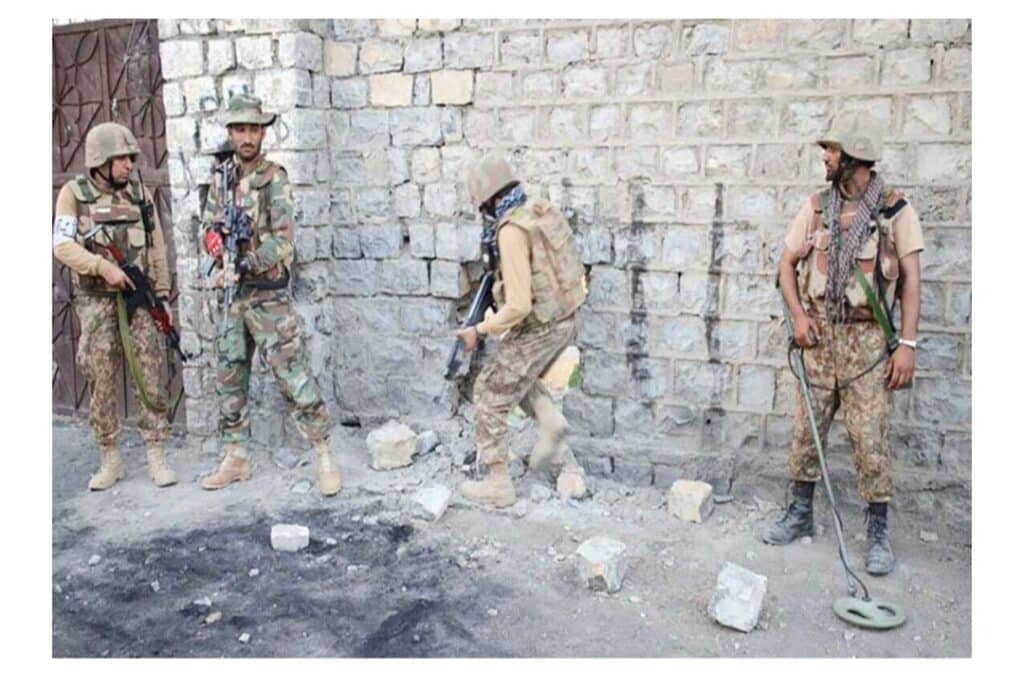Hamid Mir claimed that in 2005, “Zarina Mari,” a teacher at Kahan Government Girls High School, was forcibly disappeared by Pakistani institutions. Local reporters from Quetta, Turbat, and Khuzdar dug through school records, provincial education management information system files, and teaching data from Kahan’s Union Council to investigate. The result was clear: between 2000 and 2007, the teaching staff list did not contain the name “Zarina” nor any female teacher from the “Mari” family. NADRA’s identification data, District Education Officer reports, and local community surveys all proved the claim to be false.
Balochistan Insight cross-verified the school payroll scans, teachers’ register, and Union Council voter lists. Forensic audits revealed that the 2005 annual performance report listed only seven female teachers at the school, and none of them were named “Zarina.” This investigation, based on digital evidence, invalidated Hamid Mir’s statement.
Instead of acknowledging the truth, Hamid Mir released another video on August 28, 2025, claiming the woman in question was “Zarina Mari’s sister.” The woman was said to be from Kech (district Kech), but her Urdu accent resembled that of Karachi suburbs, and there was no trace of the distinctive Kech pronunciation in her speech.
Balochistan Insight and local reporters compared the video frames with facial recognition technology, revealing that the woman in the video was none other than Karima Baloch, the fugitive separatist leader who illegally travelled to Canada via Iran in 2016. She sought political asylum there and continued her advocacy for “Baloch rights” while seeking support from the Modi government. This identification was confirmed through Vlogs, Canadian immigration records, and UNHCR documents.
The reality is that fake disappearance cases are often used to grab headlines in global media. Crafting a fictional missing person story, turning it into a human rights case, and then leveraging it for political asylum and fundraising is a tried-and-tested tactic. “Zarina Mari” was part of this propaganda design, heavily pushed by lobbyists with Indian backing.
Hamid Mir’s false claims led to the Justice for Zarina trend, but local journalists, online threads, and the debunking stream quickly overturned the narrative. A handful of fake accounts remained active, but volunteer researchers armed with digital evidence exposed the “fake news” and briefed thousands of users. Critics asked, if it was indeed a real disappearance, why was there no FIR, Joint Investigation Team (JIT), or at least a local media report?
This incident serves as a reminder that the first rule of journalism is verification. When there is a large following on social media, responsibility only increases. Although the Zarina Mari fabricated case has ended, it serves as a warning to the nation that a single click of a viral claim can lead to hundreds of retweets. The need of the hour is for:
National institutions to make their archives available on open access portals;
Local journalists to make field verification a regular practice;
The public to avoid accepting any viral claim without a second opinion.





